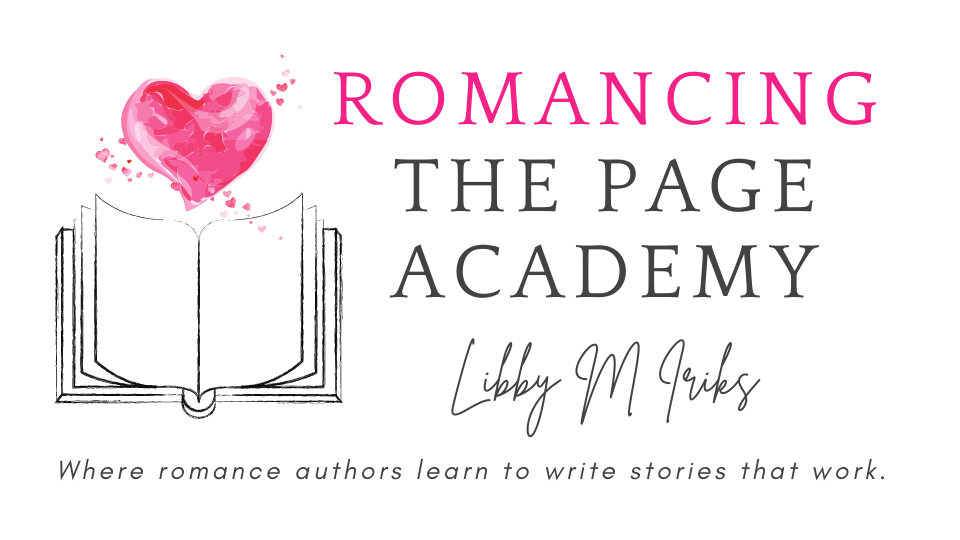What is the “heart” of a story?
Now we’re getting to the crux of the matter! This step is arguably the most important in the entire story-writing process. Why? Because if your story has no heart, it’s meaningless. Pointless. And our stories deserve more than to be labelled as such. You deserve more than to be the creator of meaningless, pointless stories. You deserve to be the creator of something special, so let’s get stuck in and find your story’s heart.
Think of a Valentine’s Day card — we’re romance writers, after all, and we’re talking about heart. There’s usually an image on the front of the card that grabs the attention of the person browsing the supermarket shelves, glue holds all the bits of the card together, and then there’s the glitter and sparkly embellishments. With our stories, it’s the trope that hooks the reader, and the themes tie everything together. But the story’s heart is the glitter that makes it special. It’s what keeps the reader thinking about the story long after they’ve turned the last page. It’s what makes your story a story and not just a bunch of things that happen to a character.
In the last step, we covered the concept of theme. The heart of your story is derived from its themes, but it expands on them and explores them at a deeper, more complex level. Your story’s heart cannot be described in one word. Instead, it should come in the form of a statement; it’s the message or opinion you want to share with the reader, the lesson you want to teach them, or the question you want to explore.
Let’s look at a few examples:
❤ The Lord of the Rings by J.R.R. Tolkien
- Themes: Courage, Good vs Evil
- Thematic statement: With courage, even the smallest among us can play a powerful role in defeating darkness.
❤ Pride and Prejudice by Jane Austen
- Themes: Class, Love
- Thematic statement: Class divisions breed prejudices that can blind us to happy possibilities.
❤ The Hating Game by Sally Thorne
- Themes: Love and Hate, Self-reflection
- Thematic statement: Learning to see the best in others teaches us about our own capabilities and how we can be the best version of ourselves.
Can you see how the themes in each of the examples merge in the corresponding thematic statements? The themes in a good story don’t work in isolation. In a story with heart, the themes combine so one enhances the other, and vice-versa, resulting in a unique perspective on each of the themes. The thematic statement should convey the whole point of the novel, which is, in essence, the heart of your story.
